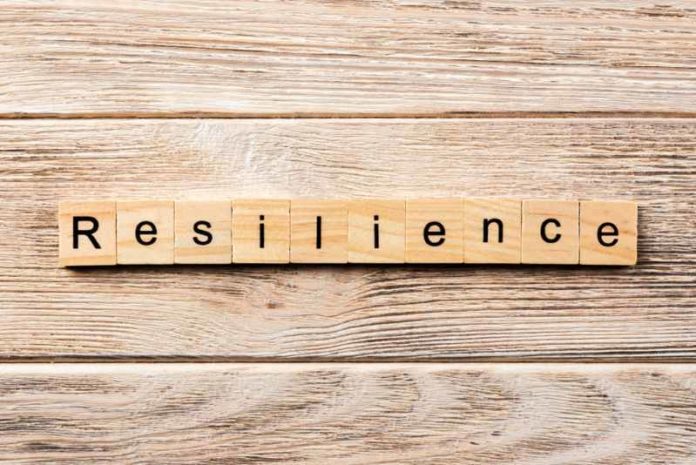Shift happens…all the time. In fact, change is one of the few things in life that is guaranteed. Even when we are proactive—when we set goals and move our agenda forward—events can happen which are beyond our control.
What is the best way for us to adapt? By building our resilience.
According to the Oxford Dictionary, resilience is 1) the capacity to recover quickly from difficulties; toughness, and 2) the ability of a substance or object to spring back into shape; elasticity. In our personal and professional lives, building our resilience means being adaptable and flexible through times of unpredictability, being able to focus, and knowing how to recover quickly—making resilience one of the most important qualities to cultivate today.
Adaptable and Flexible Through Unpredictability
We need the skills and abilities to get through a crisis—to find solutions and act on them—as well as the ability to recover quickly after a disruption. To keep change at bay, some people will attempt to be in control, continually and constantly, which is impossible and exhausting. Instead, planning for uncertainty is likely to be a better buffer from life’s unpredictability.
This can include learning new skills which we can draw on during difficult situations. Learning has an important additional benefit: As we learn new things, new neural pathways are laid down in the brain. These pathways are “tendrils of new information,” which we can access in the future. This is analogous to learning a second route to your office. You’re less likely to get stuck in traffic or in life if you have more “tendrils of information” to draw on.
Doing new and different things increases the brain’s plasticity, too. Instead of rigid thinking, we are more able to adapt, think outside the box, and determine new approaches. Even in the face of a constant sea of change, we can move more quickly through challenges in the workplace, in our relationships, and with ourselves when our brains and our thinking are more flexible.
Creative Disruptions
Because most disruptive events are stressful, they affect our nervous system, often throwing it into fight-or-flight. This limits our ability to reason and causes us to feel uncertain—even frightened—by our current circumstances. The best way to combat this is to cultivate presence. We can recover quickly merely by being in the present moment.
Being in the present means experiencing it with an open heart, mind, body, and will. It means being aware of thoughts, feelings, and bodily sensations.
To do this, we want to learn to see a challenging event as a creative disruption. The word creative is from the Latin Creare/Crescere, which means to bring forth or to grow. The word disruption is from the Latin words Dis + Rumpere, which means to break in parts. Because when we go through difficult times, we are presented with an opportunity to observe life in a different way and to grow.
To do that, it’s important to create distance from the obvious or routine and instead look into what’s possible. This is where innovation happens, where we can be connected to our higher selves and our intuition. It’s also a space where we can create new habits and learn new skills.
Ideal Response to Failure
We all face difficult situations. And we all fail. But there is beauty in the struggling. It builds resilience and helps us fly. A young girl once saw a butterfly emerging from its cocoon, exerting all the effort it could to break free from its sticky covering. As she went to help the butterfly, her mother cautioned her to not interfere, saying, It is only through struggle—though grappling with what she is up against—that the butterfly can develop her wings.
Ina Gjikondi is the Director, Executive Education & Coaching at the George Washington University.
Resilience stock photo by SNeG17/Shutterstock







